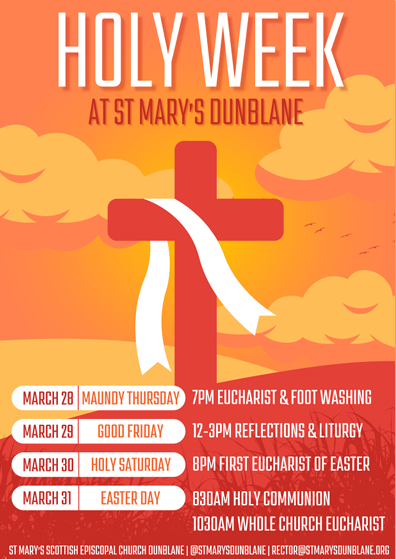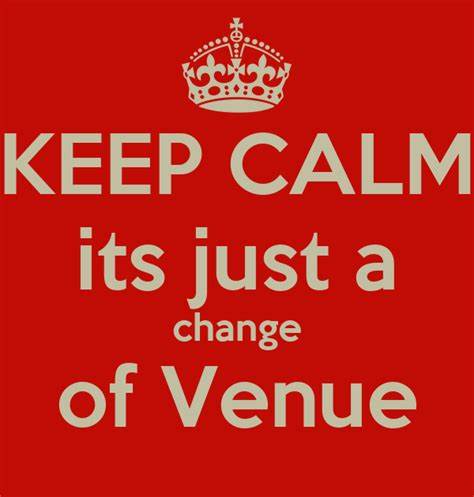Nerys writes: A blessed Christmas to you and those you love!
I wonder if you have bought and sent Christmas cards this year? They say that the tradition of sending handwritten cards in the post is on the wane and it’s not surprising when we consider the cost of stamps and the convenience of digital cards, delivered at the click of a button. I used to look forward to receiving Christmas cards and parcels through the post when I was a youngster. As a keen philatelist, I was always on the look-out for the more unusual denominations of Christmas stamps to complete my set for the year. I don’t collect stamps any more, but I still have an interest in the history and design of British stamps. I must admit that I did get a little excited when I realised that this year’s Christmas issue is particularly significant. Their theme also ties in with today’s readings, Isaiah 9.2-7 and Luke 2.1-20.
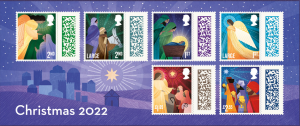
These are the last Christmas stamps to have an image of Queen Elizabeth on them. Next Christmas it will be replaced with that of King Charles. These stamps represent the end of an era and the beginning of a new one. These, also, are the first Christmas stamps to be barcoded. Apparently, these barcodes will make it possible for the Royal Mail to precisely track and trace every piece of post, but they will also enable customers to interact with a special app on their mobile phones. This is seen as the biggest change in the way the post operates since the Penny Black was introduced in 1840. These stamps represent a revolution, a completely new way of doing things.
There’s nothing unusual in the fact that these stamps depict key moments in the story of the first Christmas. We have the angel greeting Mary, the journey to Bethlehem, the child in the manger, the appearance of an angel, the arrival of the shepherds and the wise men. What’s special about this issue is that each stamp is designed to look as if it is emitting light. If you look carefully, you’ll see that within each stamp is a central point of light with rays shining from it. I don’t know to what extent their designer has been influenced by the Old Masters, but they often depicted the stable in darkness with light from the baby illuminating the faces of the figures around the manger.
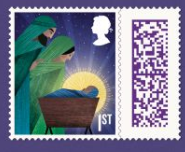
It’s hard for us to imagine how dark it would have been in Bethlehem when Jesus was born. There would have been no street lights and household lighting was only affordable by a few. When night fell, it was dark and the darkness would have been very frightening.
The prophet Isaiah spoke of his people living in a land of deep darkness. They were a conquered people whose very existence was under threat, a people deeply afraid, stumbling along in the dark, longing desperately for dawn to break. ‘My soul waits for the Lord, more than those who watch for the morning’, sings the psalmist. They were yearning for God to send the promised king who would bring justice and peace. The birth of this child would be like a great light brining in a new era, a completely new way of doing things.
In the days before Jesus were born the people of Israel were still walking in the darkness. Living under foreign rule in a deeply unjust society with a corrupt religious system, they were still longing for God to send a saviour, someone who would be source of light for the whole world. The message of the angels came in the darkness on the hillside above Bethlehem to ordinary people whose work was dirty and rough. The glory of God shone around them and they were terrified. And yet as they stood there in the light of heaven, they recognised that this was good news. Something had happened that would change everything. A new source of light had come into the world who would bring great joy. Standing at the manger, they must have realised how fragile this light was, embodied in a newly-born child. And yet this light was powerful enough to send them out, glorifying and praising God for all they had heard and seen.
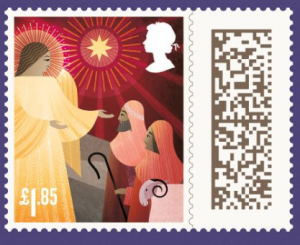
The gift of God’s light, the light of Love, still comes when we least expect it. It can come to us in and through the must unexpected of people and circumstances. It is fragile and yet piercing, searching and life-changing. It comes to us in the beauty of worship and in the everyday routines and the messiness of our lives. And when it comes, it transforms us, making us, like the shepherds, sources of light for others.
We are called to celebrate the light that has come into the world by living as Children of Light, as followers of Jesus. We are called to celebrate the Good News proclaimed today. We are called to tell the world, for this is news too good to keep to ourselves!
God of Hope, God of Love, God of Joy, God of Peace,
You dwell in glorious light and yet you choose to live among us.
May your Spirit fill us with the light of your love and kindness
as we celebrate the birth of Jesus, the Light of the World,
One God, now and forever. Amen.




